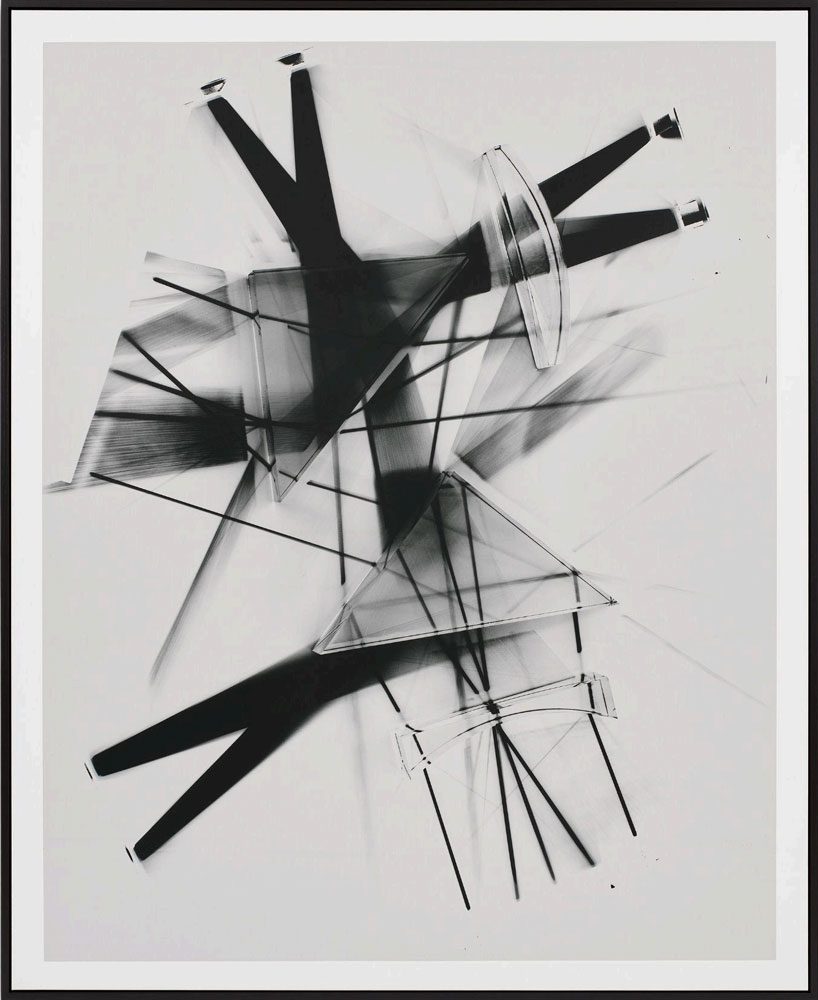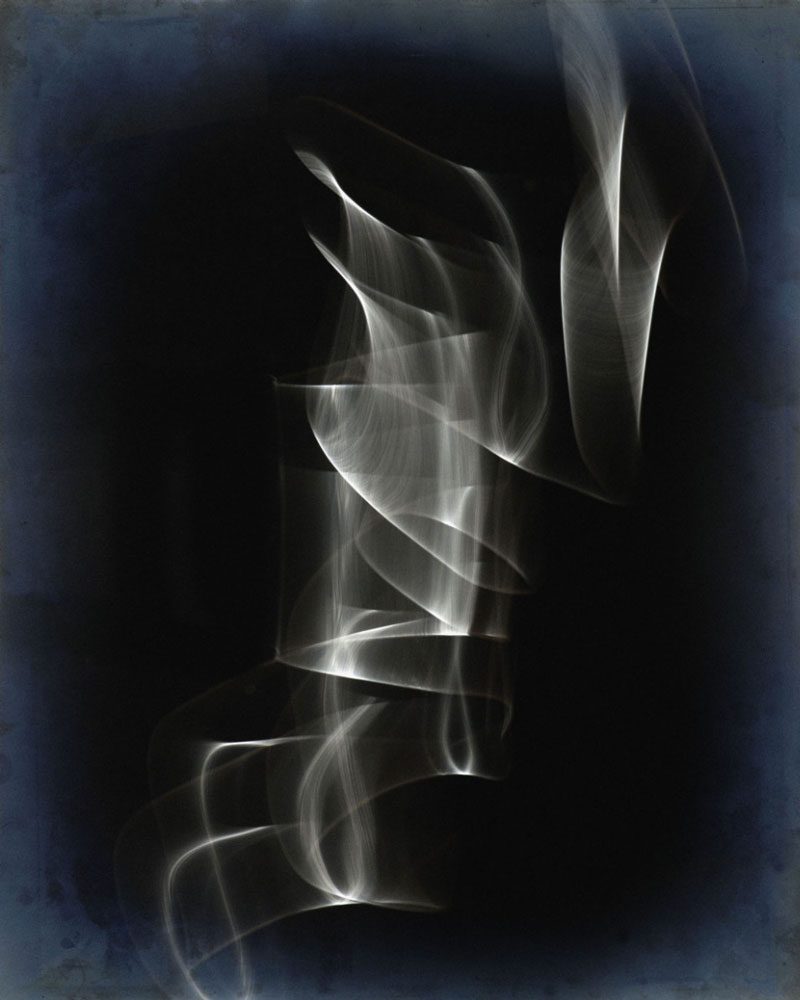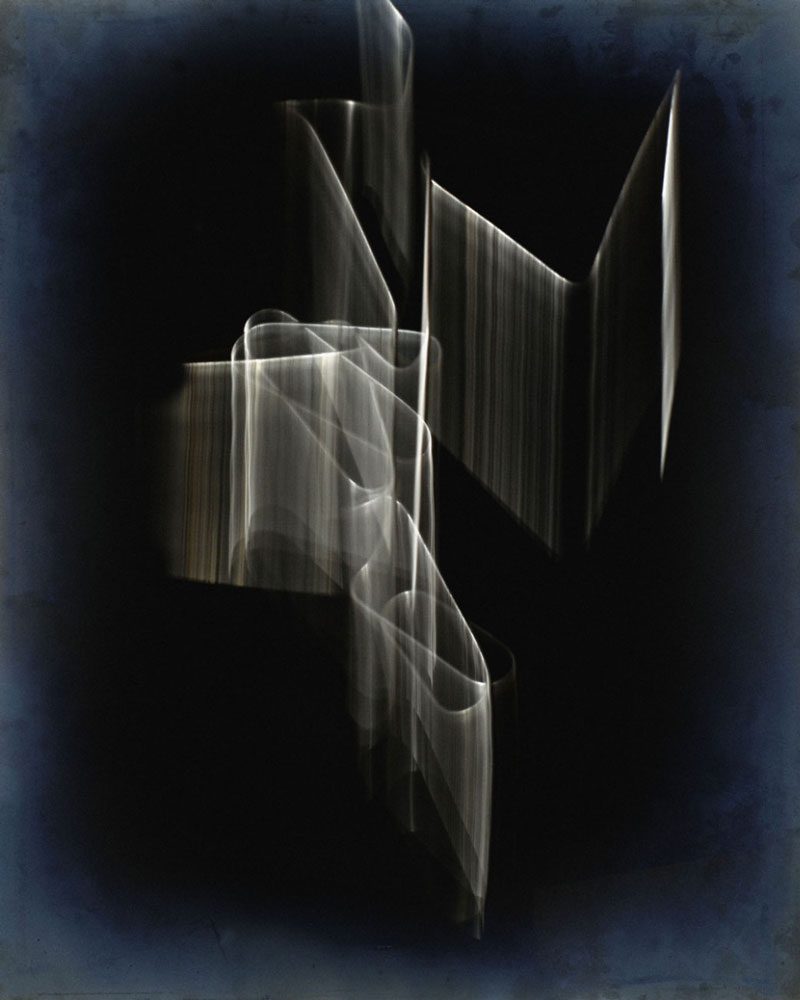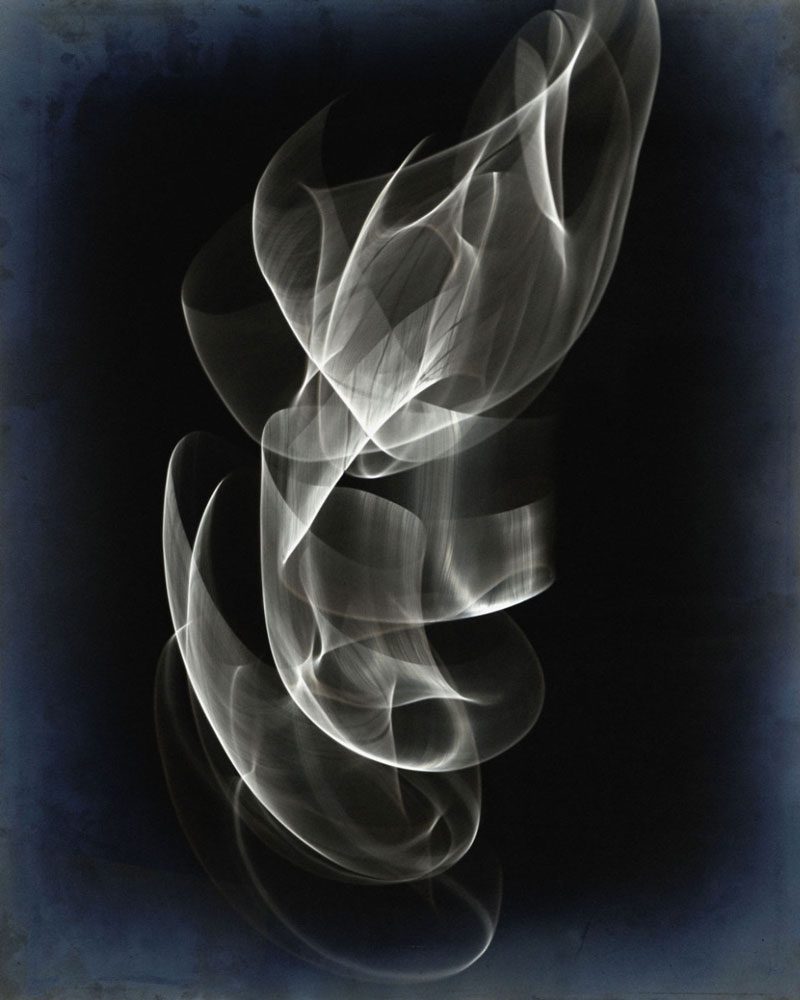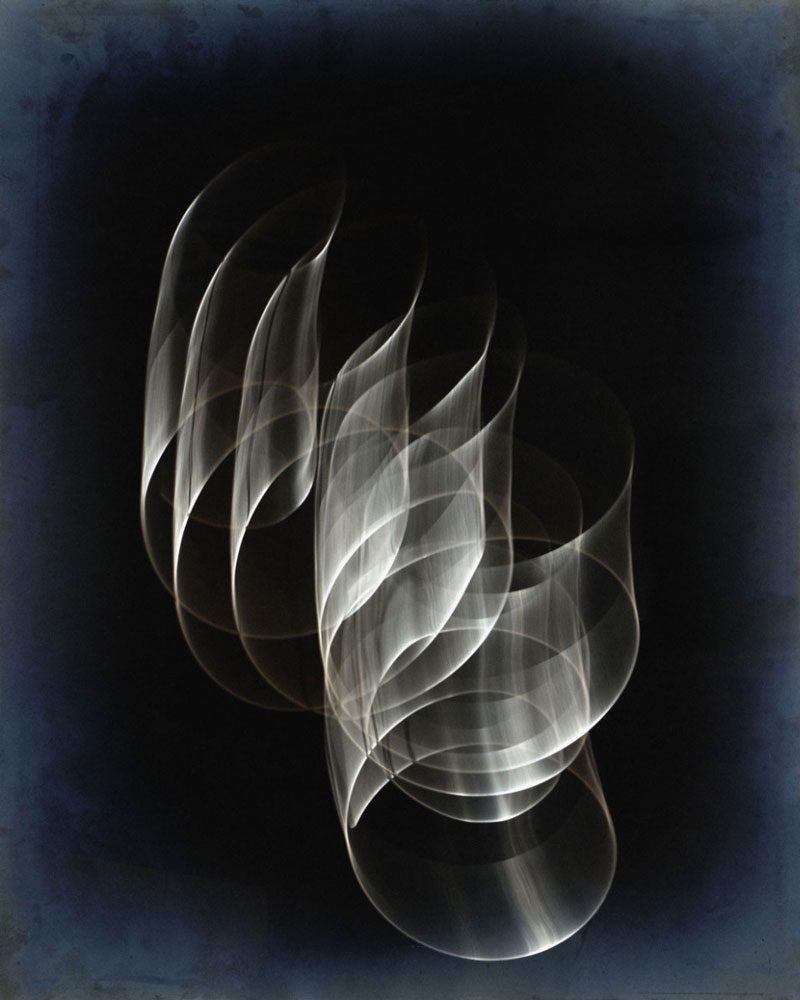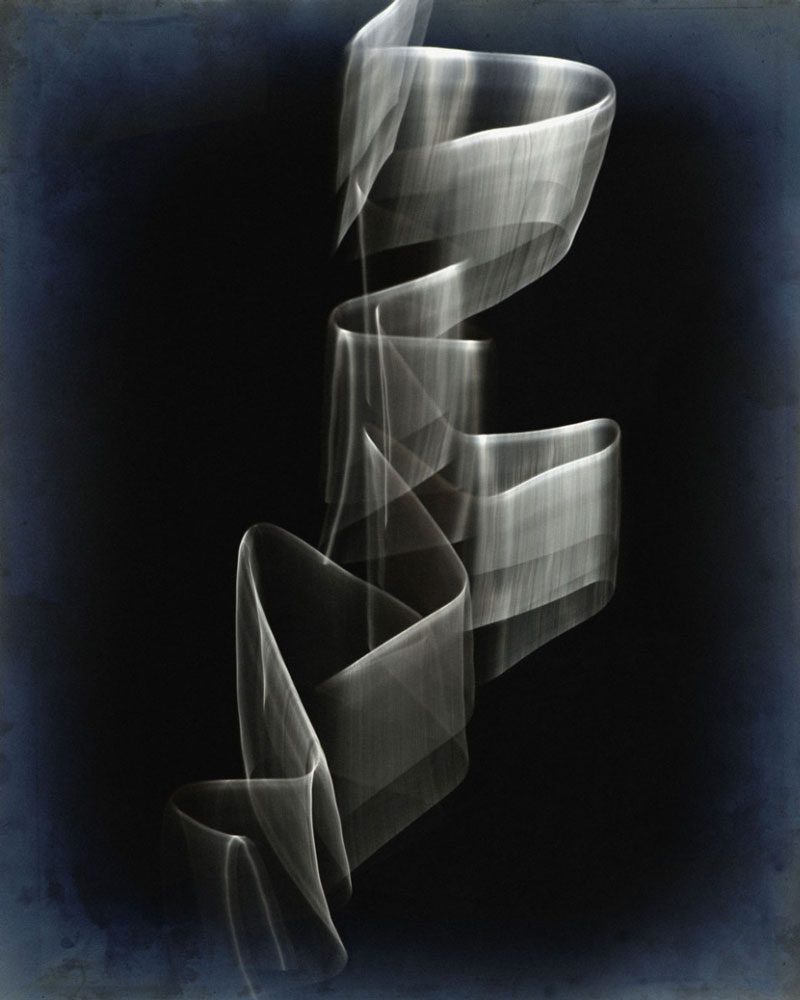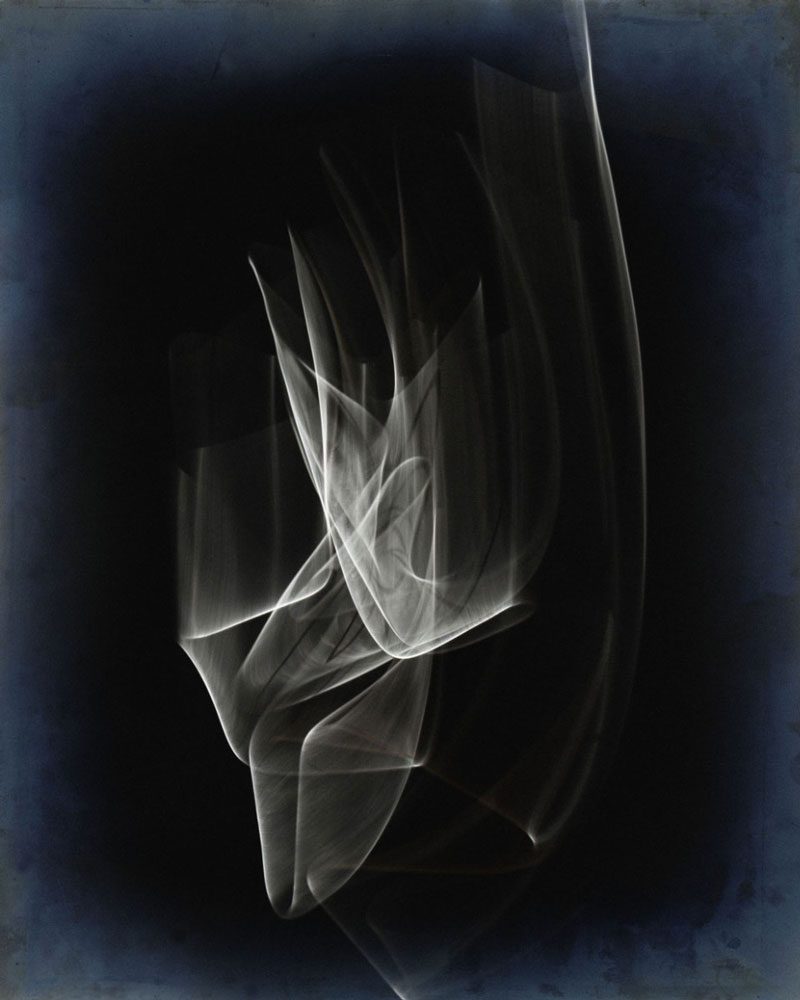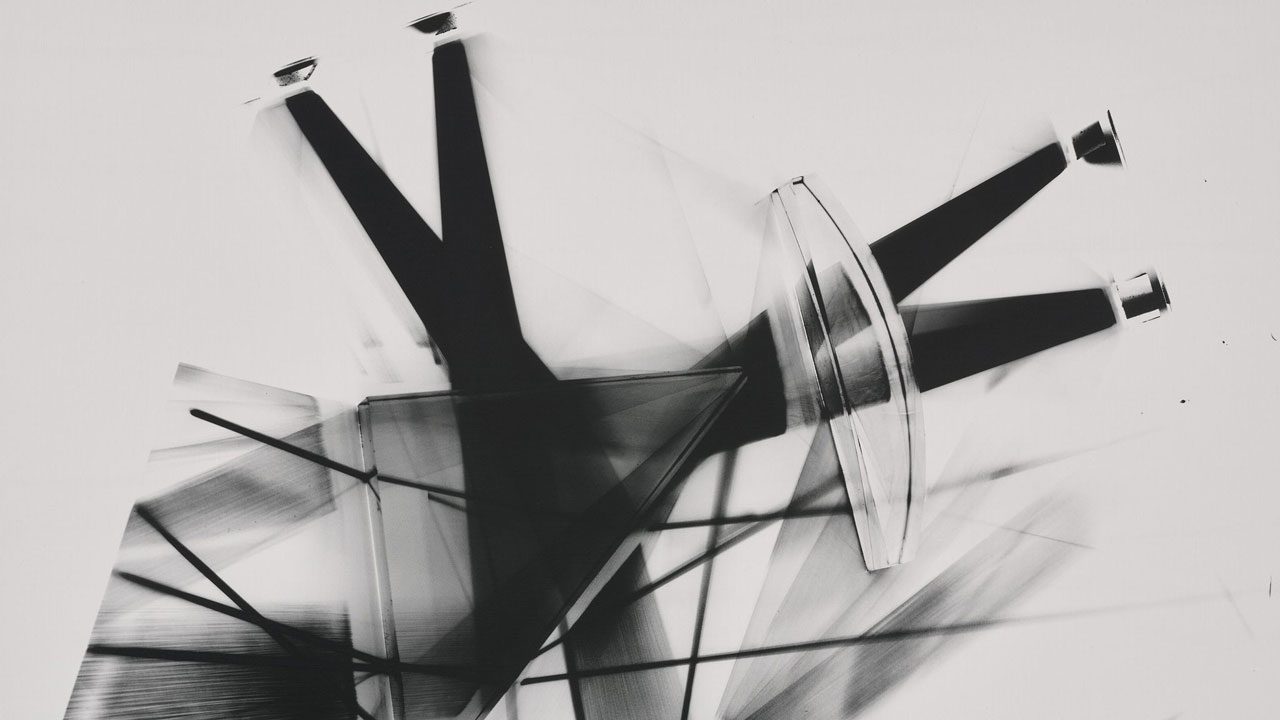PHOTO: Thomas Ruff-Expériences lumineuses
Thomas Ruff rose to international prominence in the late 1980s as a member of the Düsseldorf School, a group of young photographers who had studied under Bernd and Hilla Becher at the Kunstakademie Düsseldorf and became known for their experimental approach to the medium and its evolving technological capabilities. Working in discrete series, Ruff has since conducted an in-depth examination of a variety of photographic genres, including portraiture, the nude, landscape, and architectural photography, among others.
By Dimitris Lempesis
Photo: David Zwirner Gallery Archive
Thomas Ruff’s overarching inquiry into the “grammar of photography” accounts for not only his heterogeneous subject matter but also the extreme variation of technical means used to produce his series, ranging from anachronistic devices to the most advanced computer simulators and covering nearly all ground in between. The exhibition “Expériences lumineuses” in Londom juxtaposes new and recent series, presented on the ground floor, with a selection of images surveying Ruff’s career on the first floor, together demonstrating his expansive approach to photography. This is the artist’s thirteenth solo presentation with David Zwirner. The ground floor features two recent series – “expériences lumineuses” (begun 2024), on view for the first time in this presentation, of “untitled#” (begun 2022) – that both represent an expansion of Ruff’s ongoing investigation of photographic abstraction. Instead of using found, computer-generated, or digitally rendered images in these bodies of work, Ruff begins by taking the photographs himself in a purpose-built studio, returning to a mode of production that defined his early career. As the artist has stated, the method used to create a photograph is for him a means to an end: ‘There’s not one way of making photographs. There are thousands of possibilities you can choose from….I am just interested in the result and if the result is worth discussing. In “expériences lumineuses”, Ruff approaches the photographic image from a scientific perspective, endeavoring to devise a method of picturing pure light. To create these works, Ruff turned to a simple physics experiment that helps visualise the electromagnetic spectrum. In his studio, he placed a number of glass objects – such as lenses, mirrors, and prisms – on top of a whiteboard and passed through them multiple beams of light. After photographing the reflections and refractions that resulted from these arrangements, Ruff then digitally inverted the images so that the play of light would appear as dynamically intersecting lines or stripes in the composition. Printed on velvety matte surfaces, these works on canvas appear almost as painterly abstractions, though they are actually photographs documenting scientific phenomena, engaging with the earliest critiques of the medium that decried photography as a lesser art form than painting. Similarly foregrounding abstraction and formal studio experimentation, the “untitled#” series is inspired by Etienne Bertrand Weill’s “Metaforms” (long exposures recording the movement of mobiles made from materials such as glass, wire, and wood that he began making in the late 1950s) and Peter Keetman and Heinrich “Heidersberger’s rhythmograms” from the 1950s and 1960s, complex light patterns that visualise time and motion. For “untitled#”, Ruff photographed a silver coil as it rotated in front of a black background, using a long exposure to capture the motion. The artist then digitally edited the images, applying a blue halo effect to their edges to mimic the appearance of vintage photography. He continued to photograph various wire constructions in his studio in this way, resulting in a body of abstract imagery that – as in “expériences lumineuses” – evokes light itself as its subject matter. As such, this series continues his interest in exploring the limits of photographic representation, reinventing in the process many of its familiar genres. The overarching themes of “expériences lumineuses” and “untitled#” echo those present in the dedicated survey of works from key series chosen by the artist, including “cassini” (2008–2011), “Negative” (begun 2014), and “d.o.pe”. (begun 2022), that are on view on the first floor of the gallery. The earliest work in the exhibition is a never-before-seen print from Ruff’s breakthrough “Porträts” (1981–1991/1998–2001), a throughline to such later series as “expériences lumineuses” and “flower.s” (begun 2018), in which the artist manually photographs the subjects himself. After “Porträts”, Ruff’s artistic journey continued to examine the past and present of the medium. Though the title invokes the history of cameraless photography, “Fotogrammes” (begun 2012), a series depicting abstract shapes, lines, and spirals in seemingly random formations with varying degrees of transparency and illumination, are created entirely in digital darkrooms. As in “jpegs” (begun 2004), the images in “Substrat” (begun 2001) take as their point of departure Japanese anime and manga comics that were found online. Spanning forty years, this selection illustrates Ruff’s experimental approach to the medium, the breadth of his visual strategies, and his in-depth examination of photographic genres through processes both analogue and digital, which produce a range of abstract and figurative imagery.
Photo: Thomas Ruff, e.l. n°05, 2024 Inkjet print on canvas, © Thomas Ruff/Artists Rights Society (ARS), New York/VG Bild-Kunst, Germany, Courtesy the artist and David Zwirner
Info: David Zwirner Gallery, 24 Grafton Street, London, United Kingdom, Duration: 30/1-22/3/2025, Days & Hours: Tue-Wed & Fri-Sat 10:00-18:00, Thu 10:00-20:00, www.davidzwirner.com/
